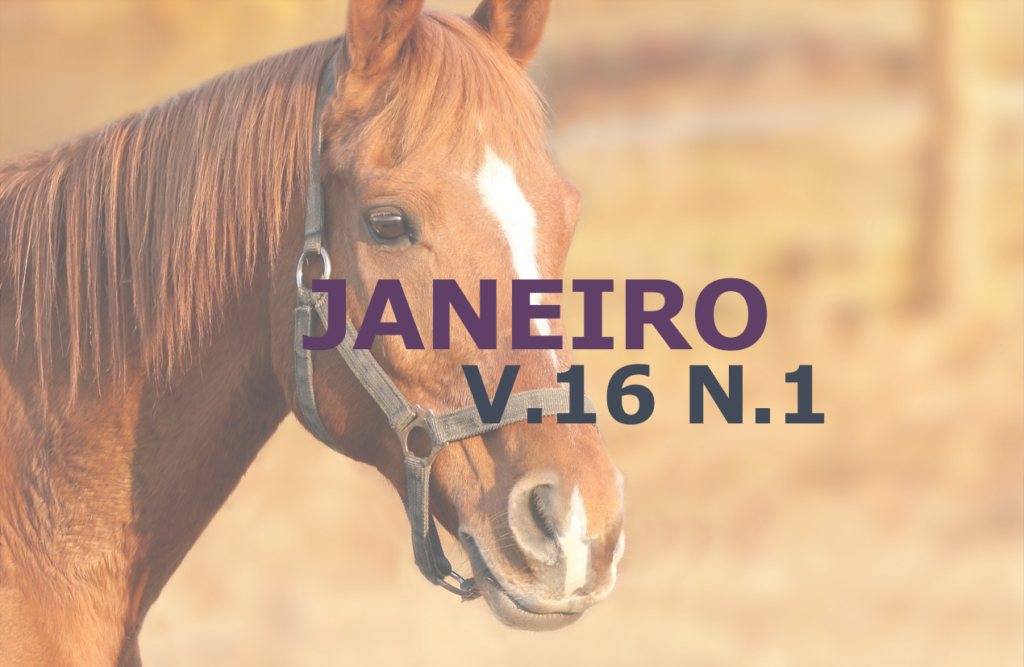Vagal indigestion in cattle
DOI:
https://doi.org/10.31533/pubvet.v16n01a1002.1-8Keywords:
Digestive tract, ruminant, syndrome, vagus nerveAbstract
The vagal indigestion is defined as a non-infectious gastrointestinal pathology of ruminants, characterized by disorders that affect the vagus nerve, and cause motor changes in the pre-stomach of these animals. Vagal indigestion is based on four types: type I is caused by failure of rumen emptying due to cardiac dysfunction, type II is caused by an anterior functional stenosis with hypermotility, type III is caused by posterior functional stenosis, while type IV is identified as late gestation indigestion. The diagnosis requires clinical and laboratory tests, because the clinical signs are non-specific and vary according to where the vagus nerve is involved. The patient diagnosed with vagal indigestion has an unfavorable prognosis. Treatment consists of therapy sessions, administration of bicarbonate, fistulation and/or cannulation of the rumen, and even, because of the multifactorial etiology of vagal indigestion, surgical procedures. It can be concluded, then, that vagal indigestion is a syndrome of great importance in veterinary medicine, which affects and causes disorders in the digestive tract of bovines, and a study on this disease is necessary to ensure and broaden the knowledge of diseases that affect ruminants
Downloads
Published
Issue
Section
License
Copyright (c) 2022 Ana Paula Amorim da Costa, Gabriela Gomes Carvalho da Silva, Cristiane Lopes Mazzinghy, Guilherme Augusto Motta, Erycka Carolina França, Fernanda Luz Alves Neves, Josemara Silva Santos, Mildre Loraine Pinto

This work is licensed under a Creative Commons Attribution 4.0 International License.
Você tem o direito de:
Compartilhar — copiar e redistribuir o material em qualquer suporte ou formato
Adaptar — remixar, transformar, e criar a partir do material para qualquer fim, mesmo que comercial.
O licenciante não pode revogar estes direitos desde que você respeite os termos da licença. De acordo com os termos seguintes:
Atribuição
— Você deve dar o crédito apropriado, prover um link para a licença e indicar se mudanças foram feitas. Você deve fazê-lo em qualquer circunstância razoável, mas de nenhuma maneira que sugira que o licenciante apoia você ou o seu uso. Sem restrições adicionais
— Você não pode aplicar termos jurídicos ou medidas de caráter tecnológico que restrinjam legalmente outros de fazerem algo que a licença permita.





